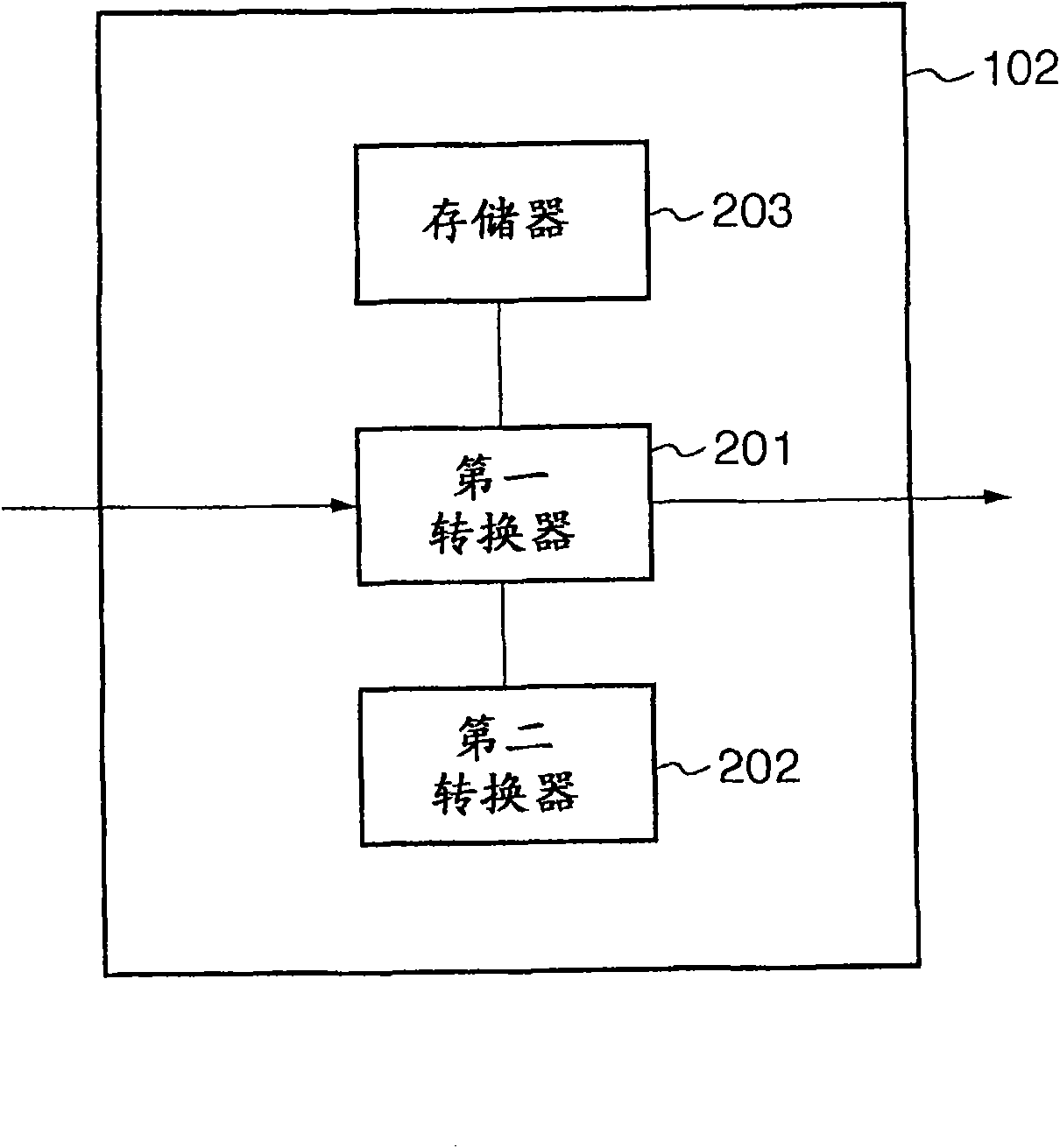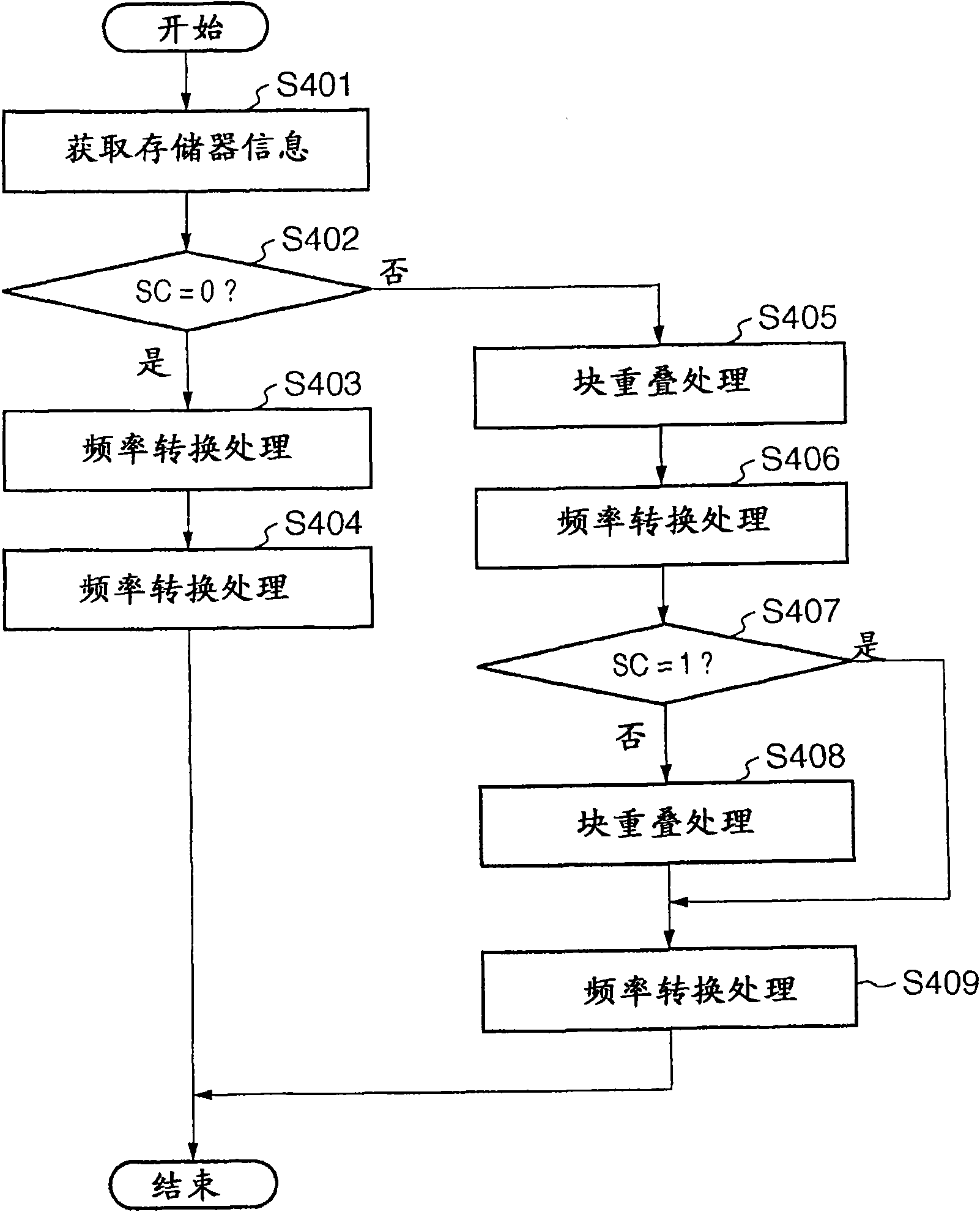Image encoding apparatus, image decoding apparatus, and methods of controlling the same
An image coding and coding technology, applied in image communication, television, selective content distribution, etc., can solve the problems of difficult to use coding methods, less scaling steps, etc., to achieve the effect of increasing the number and suppressing block noise
- Summary
- Abstract
- Description
- Claims
- Application Information
AI Technical Summary
Problems solved by technology
Method used
Image
Examples
no. 1 example
[0049] In this embodiment, when capturing an image using a digital camera, the user selects whether to increase the number of layers by increasing the number of code streams. It is assumed that the processing system loads the image thus captured into a personal computer and inserts a low resolution image of the captured image on the document creation software.
[0050] Figure 19 is a block diagram showing the arrangement of a digital camera (image processing device) according to the embodiment. The digital camera includes a capture unit 2201, a capture command unit 2202, an image processing unit 2203, an image compression unit 2204, a size specifying unit 2205, a resolution determiner 2206, an output unit 2207, a layer mode specifying unit 2210, and a resizing unit 2211. The digital camera also includes a CPU 2208 that functions as a controller of the entire device, and a memory 2209 that stores programs to be executed by the CPU 2208 and serves as a work area. The memory 2...
no. 2 example
[0194] In the first embodiment, an example was described in which, when an image is inserted on document creation, a decoding target code stream is decided based on the size of the image to be inserted.
[0195] The image files managed by the document creation software may also include image files of codestreams without resized images, ie, image files in low-layer mode. The existence of such an image file leads to the inference that the subsequent editing operation of the document creation software takes longer. In the second embodiment, coded image data files in the low-level model are detected, and these files are updated together into image files in the high-level model at a time.
[0196] Figure 23 The processing procedure of the document creation software according to this embodiment is shown. When the user instructs conversion of encoded image data into data in high-level mode, the number (N) of encoded image data files stored in storage (hard disk) and managed by doc...
no. 3 example
[0205] In the first embodiment, a method of inserting a photo into a document is described. In the third embodiment, layout printing processing of coded image data managed by document creation software will be described.
[0206] Figure 24 is a flowchart of list printing processing (generally called N-in-1 printing) of the document creation software according to the third embodiment. The following will refer to Figure 24 Explain the processing.
[0207] In step S2701, the CPU receives an instruction of encoded image data files to be printed (the number of image files is N) and a printing instruction from the user. When receiving the instruction, the CPU decides layout information of images to be printed on one sheet of printing paper based on the size of the sheet of printing paper loaded on the printer and the number N of specified images (step S2702 ). The layout information contains the number of images in the horizontal and vertical directions on a sheet of printing ...
PUM
 Login to View More
Login to View More Abstract
Description
Claims
Application Information
 Login to View More
Login to View More - R&D Engineer
- R&D Manager
- IP Professional
- Industry Leading Data Capabilities
- Powerful AI technology
- Patent DNA Extraction
Browse by: Latest US Patents, China's latest patents, Technical Efficacy Thesaurus, Application Domain, Technology Topic, Popular Technical Reports.
© 2024 PatSnap. All rights reserved.Legal|Privacy policy|Modern Slavery Act Transparency Statement|Sitemap|About US| Contact US: help@patsnap.com










